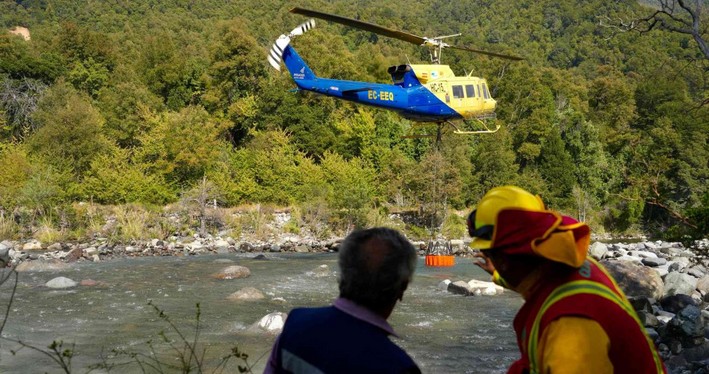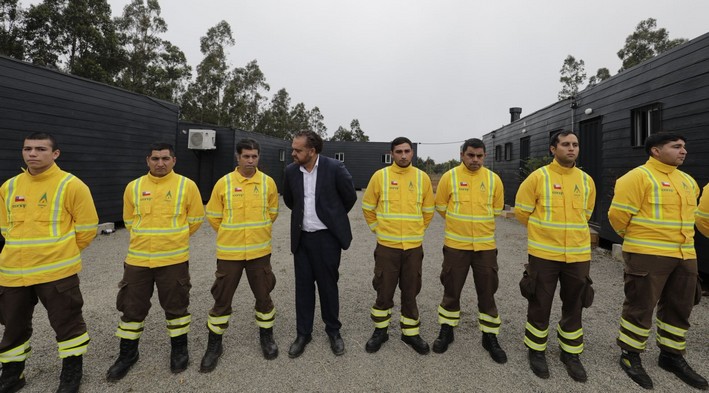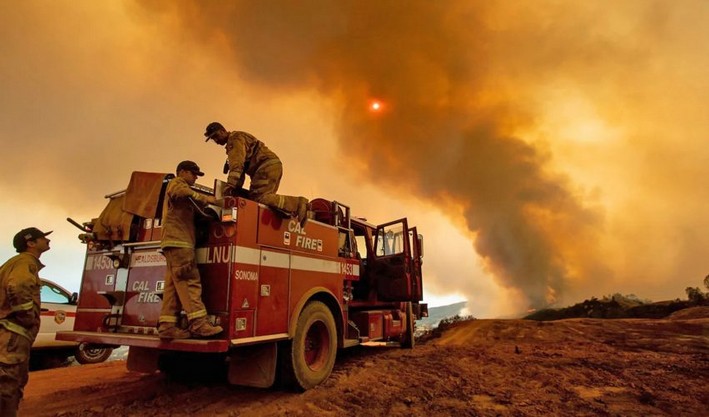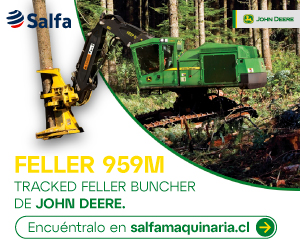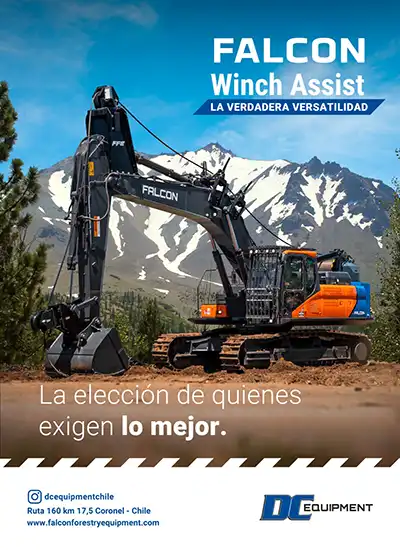Wildland-Urban Interface Fires Increased by 77% Compared to Last Year's Records
The heatwave announced last week, which according to Meteorology would extend until this Wednesday with temperatures above 30 degrees, has put Conaf Ñuble on high alert. They have already warned about the high biomass fuel load present in the region and the need to continue preventive campaigns in the area.
The concern and warning have two aspects: regarding the possibility of spontaneous fires due to the heat and winds expected to exceed 40 kilometers per hour in these days; and because it is already anticipated that some residents might start going to rivers and other rural areas to cope with the heat. A mere oversight by them and catastrophe would be inevitable.
However, there is also a statistic that does not bring peace of mind to the leadership of the Ñuble forestry corporation: During this season, they have already had to face 77 forest and interface fires.
This represents a 77% increase compared to what was recorded at this same date last year, which at this point had registered 48 declared operations.
In this scenario of heat, the state entity estimates that the fine dead fuel moisture content is below 8%, which is theoretically conducive to the spread of forest fires.
Juan Salvador Ramírez, regional director of Conaf, commented on this, stating that "the increase in temperature and wind, along with the low recovery of humidity, have forced us to reinforce the Fire Control and Mitigation Plan in the region, with more than 20 ground crews."
According to details from Conaf, of these crews, 80% carry out inspection rounds during daytime hours, while these and the evening crews are supported by aircraft, corresponding to AT planes and light helicopters, in addition to the Chinook, which is a heavy helicopter.
Impact Has Been Lesser
Considering the preventive work regarding firebreaks and awareness among the sectors that have typically been most affected by these types of situations, although there has been a higher number of fires, at least the impact in terms of area has been less than that damaged last year.
"Thanks to the tremendous response from the various emergency teams, such as Firefighters, Carabineros, the municipalities, private forestry companies -through Corma- and of course, the ground crews, we have a lesser impact than in 2024; however, we want to continue reinforcing the call to maintain care measures," added the director.
As of last November 20, Conaf already has the so-called "Resolution 288" that restricts the use of fire for stubble burning or surface cleaning work on forest soils.
Rains and More Heat Return
After this Wednesday marks the last of these high-heat days, the region expects moderate rainfall in most of the 21 communes of Ñuble on the upcoming Friday and Sunday.
Although these rains appear favorable for restoring a less extreme climate and providing some moisture to the forest soils, it is not until the first week of December that the "spring effect" in terms of vegetation growth stops, so the rains would continue to increase the biomass fuel load heading into summer.
And after the rains, heat again. Days with over 30 degrees will return, with temperatures even anticipated to reach 36 degrees on some days of the first week of December in the Ñuble region.
The recommendation from authorities for those living in these sectors, or even in plots near urban centers, is to keep their properties with short grass, free of weeds, and -as much as possible- to have firebreaks, in addition to being aware of the days with restrictions on machinery use.
Source:La Discusión


